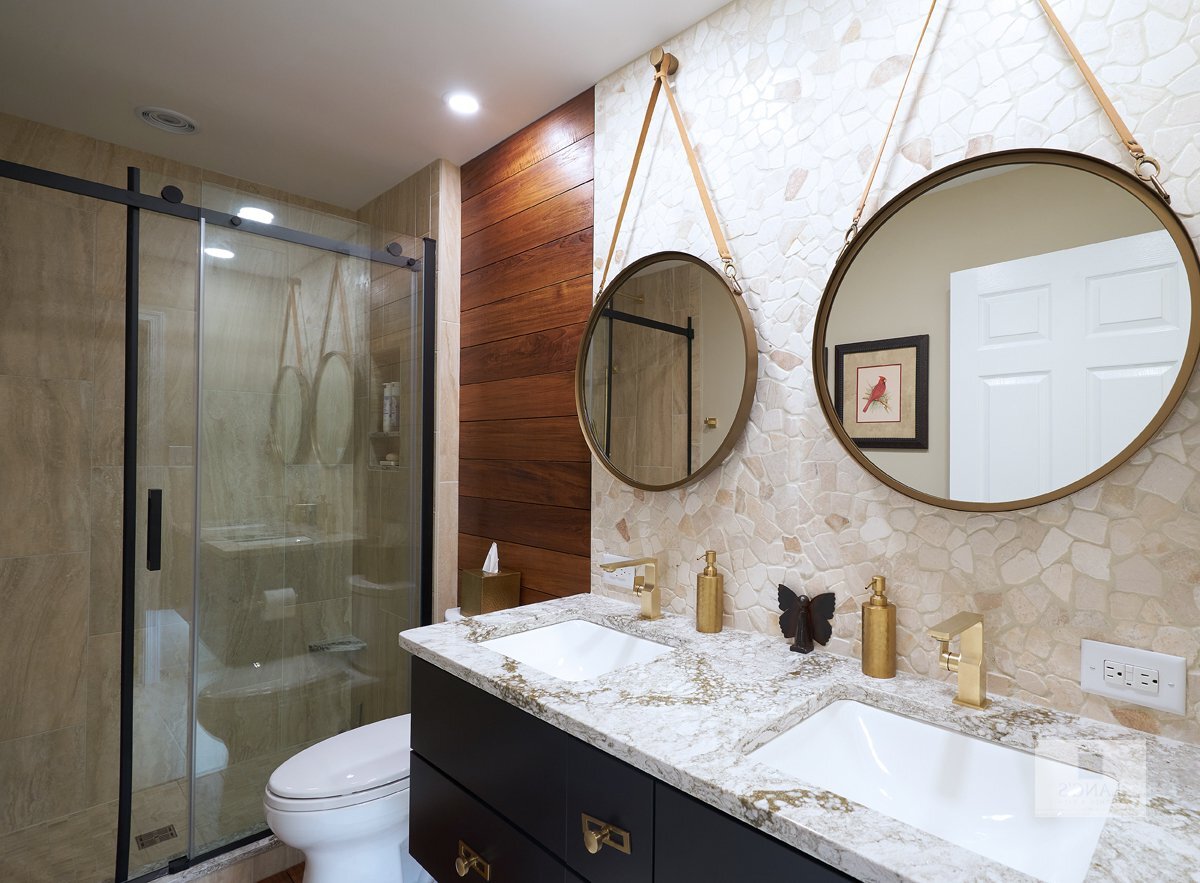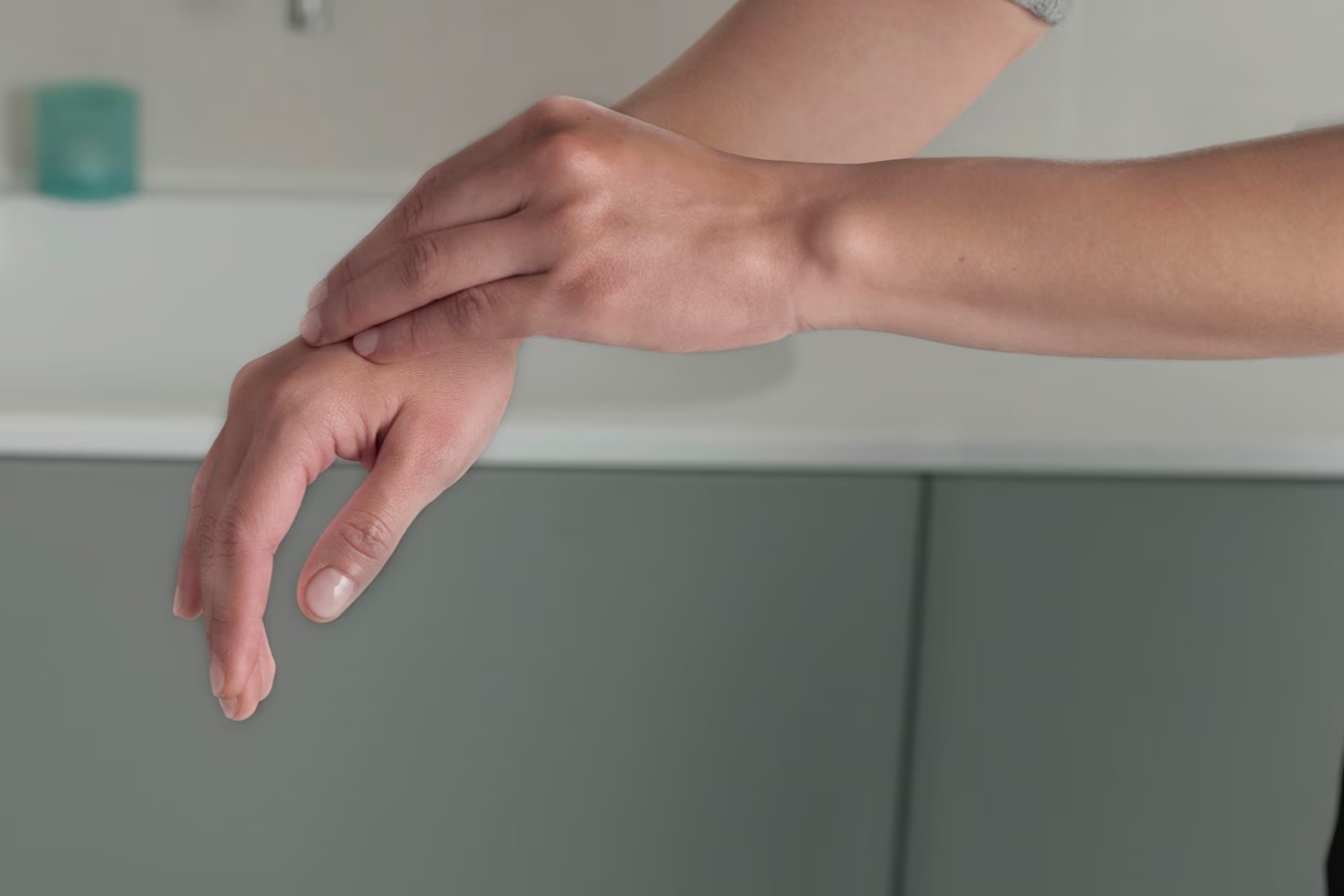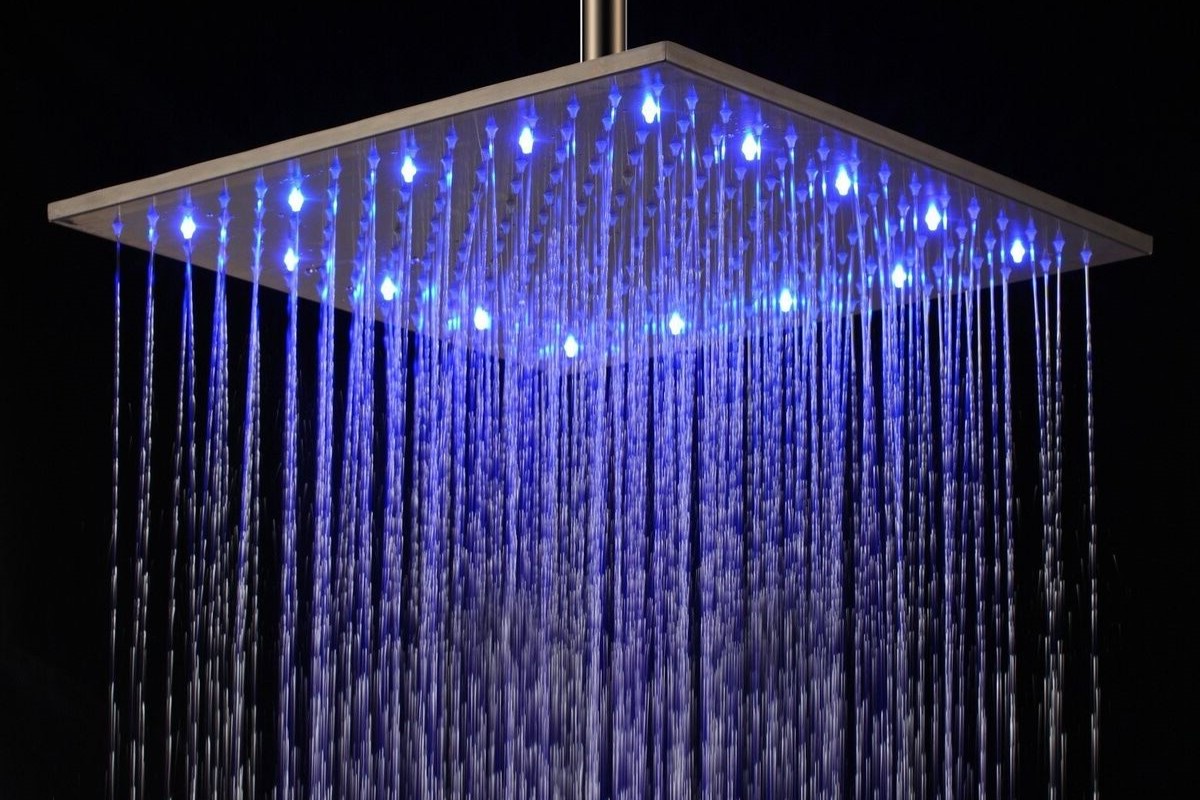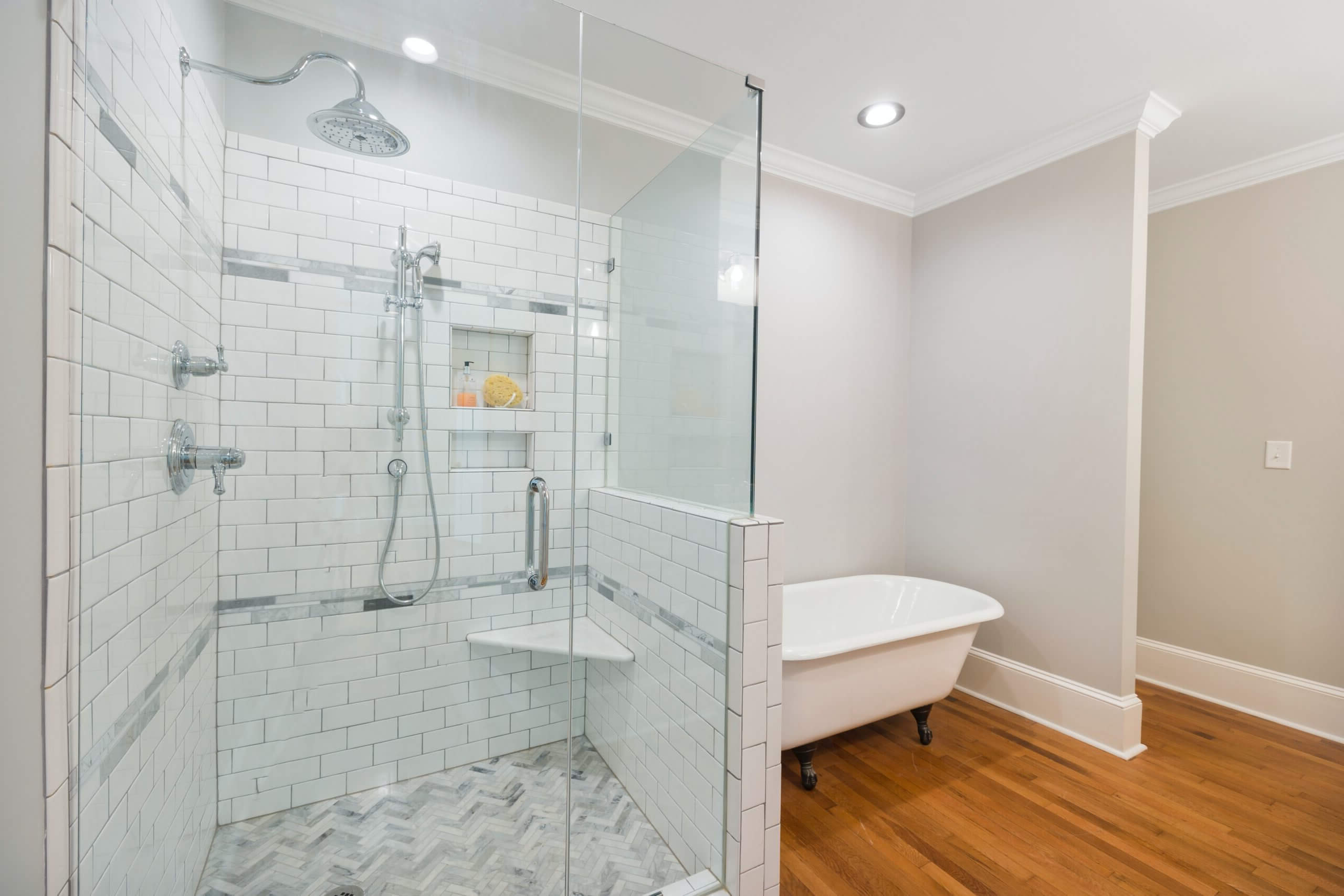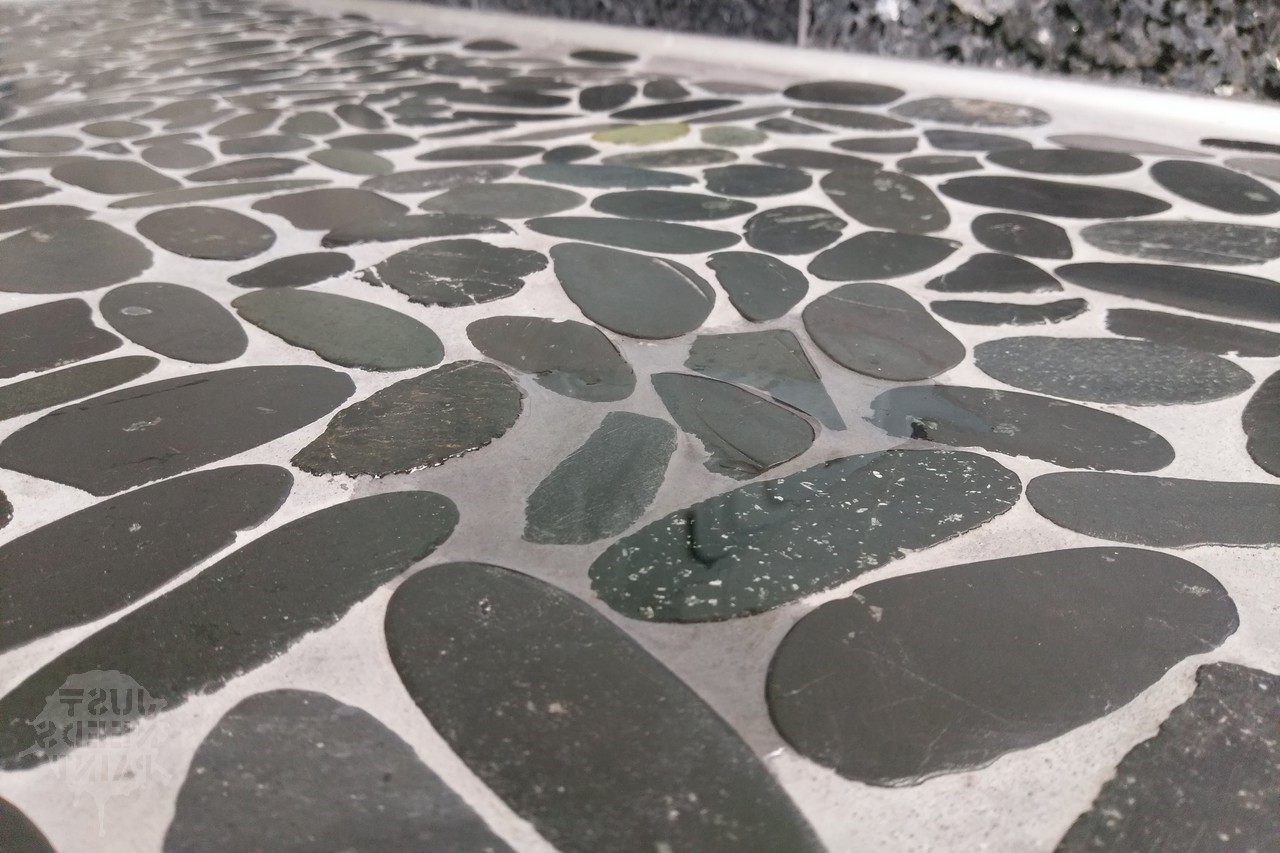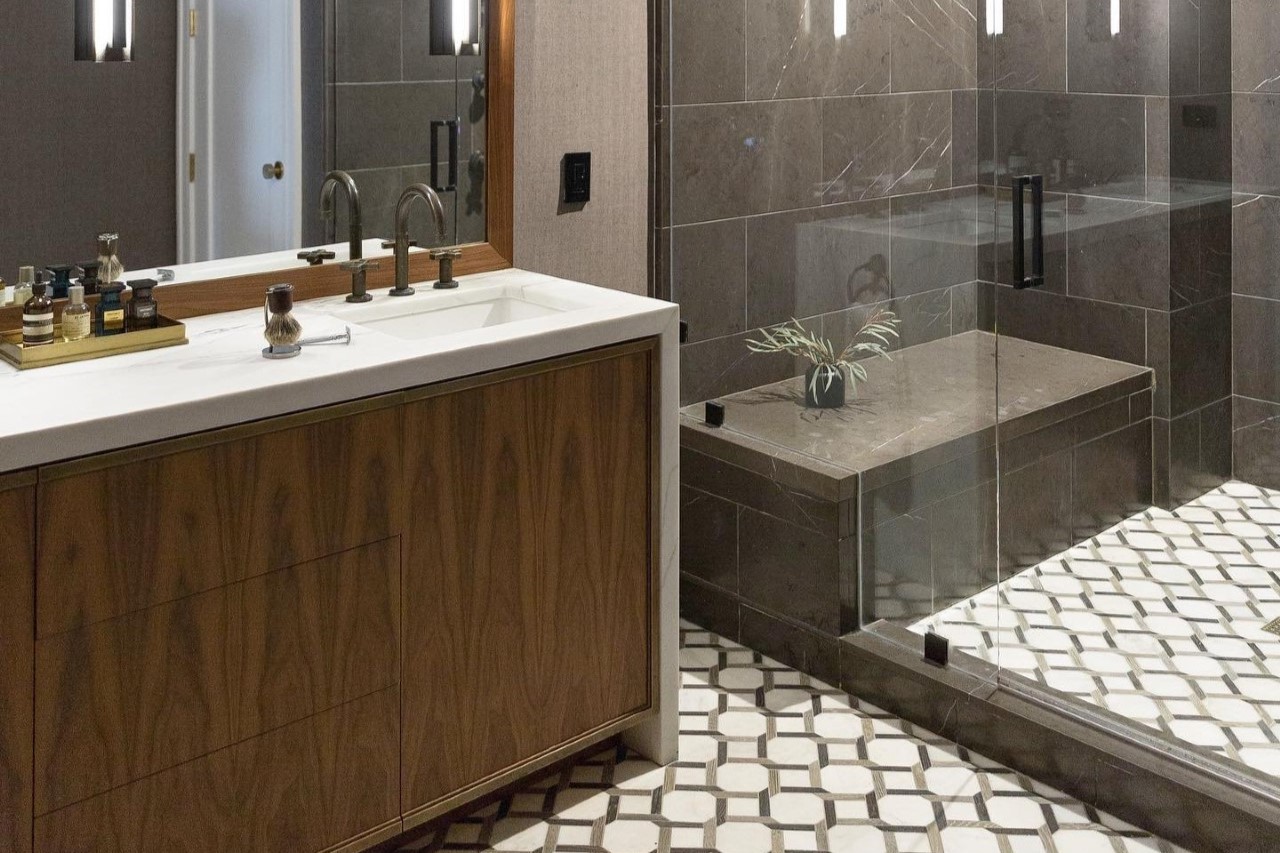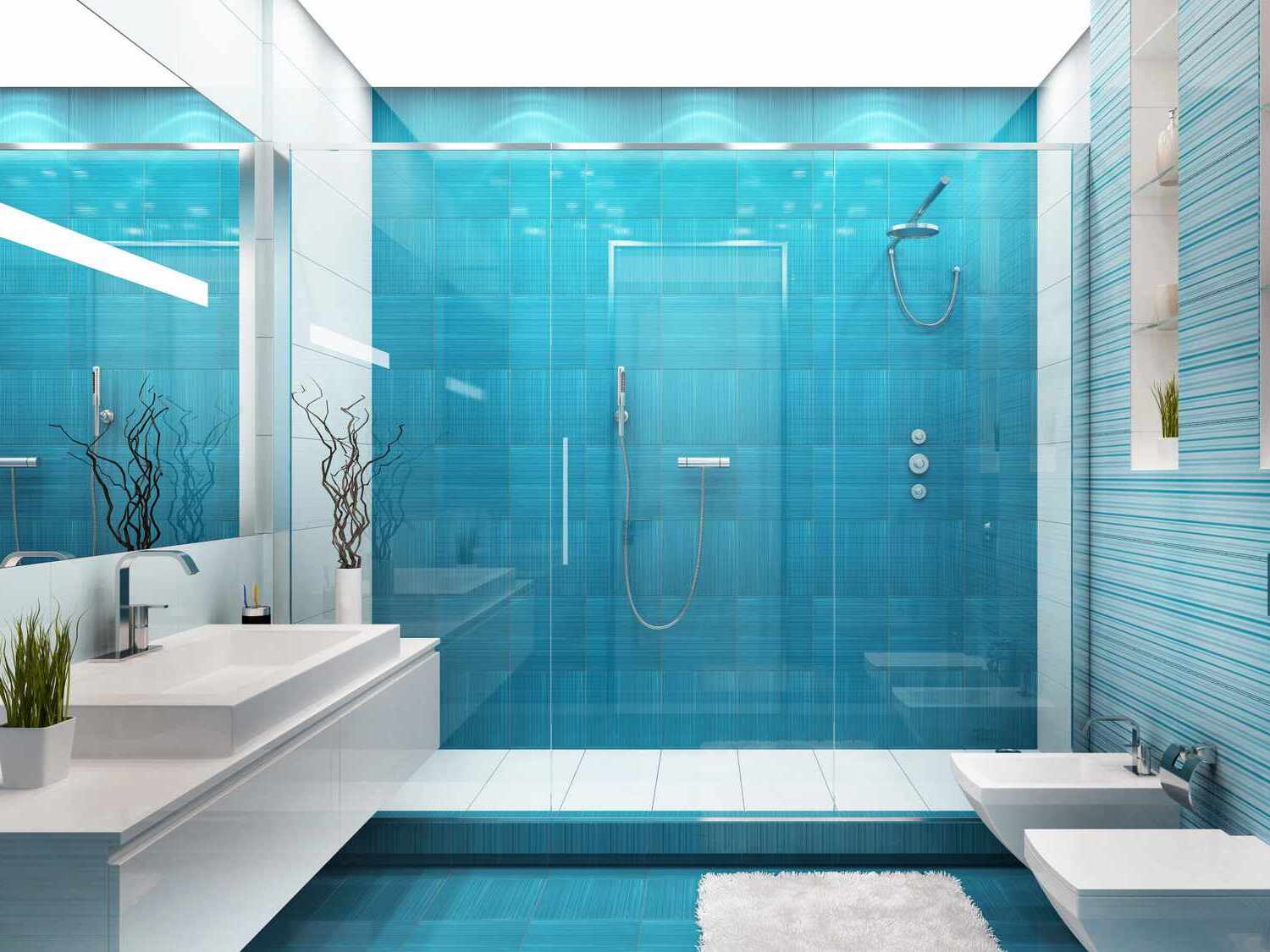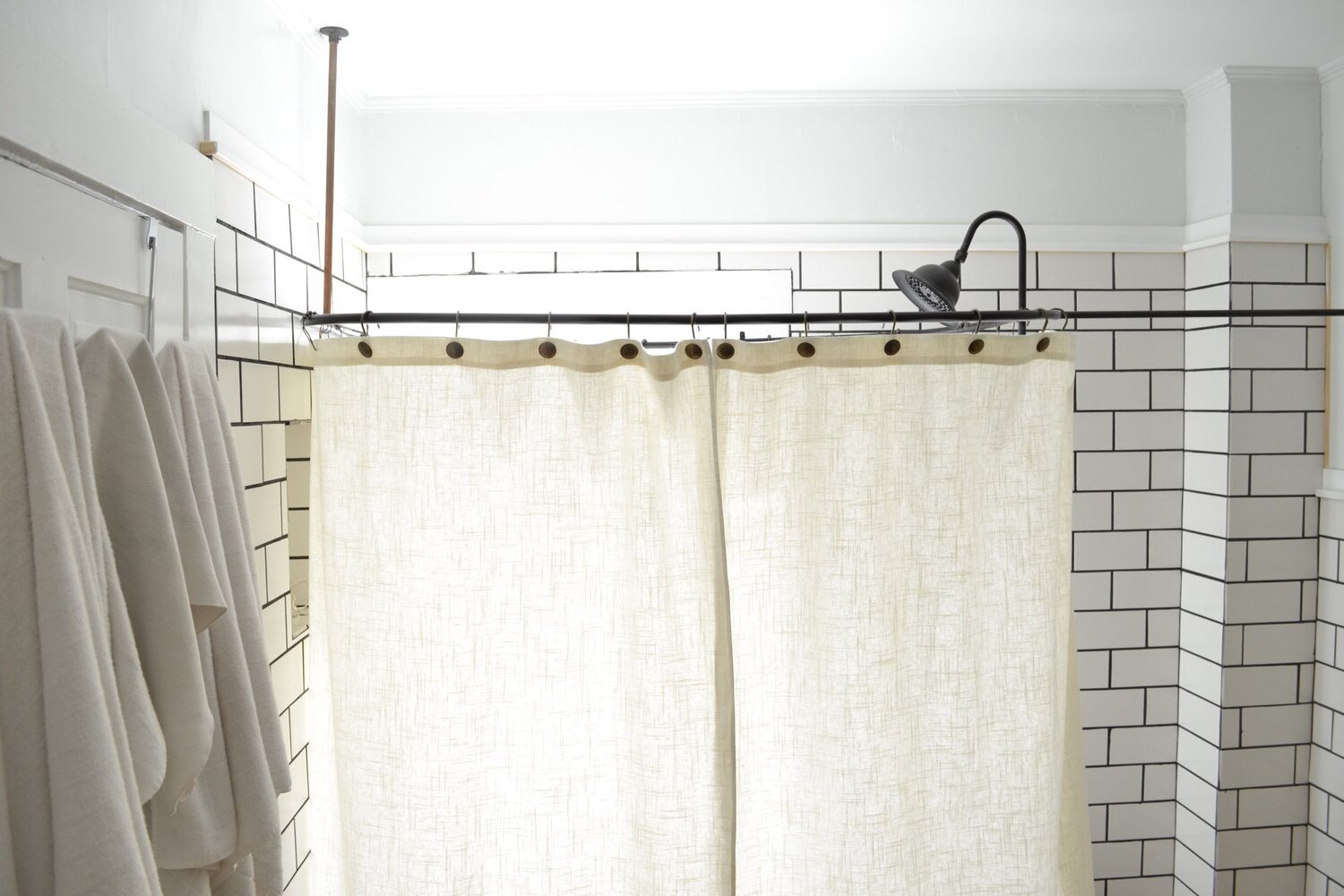Home> Bathroom Renovation
Revamp Your Space with Stunning Bathroom Renovation Ideas!
Transform your bathroom into a stylish oasis with our inspiring renovation ideas. Discover the latest trends and create a space you’ll love to unwind in.
DIY Guide To Installing A Bathroom Shower With Personalized Microbiome Support
By: Alexander Johnson • Ideas and Tips
DIY Guide to Installing a Bathroom Shower with a Rainfall LED Light
By: William Harrison • Ideas and Tips
How To Choose And Install The Right Bathroom Shower Enclosure
By: William Harrison • Ideas and Tips
DIY Guide to Installing a Bathroom Shower with a River Rock Floor
By: Isabella Mitchell • Ideas and Tips
DIY Guide to Installing a Bathroom Shower with a Built-In Bench
By: Oliver Mitchell • Ideas and Tips
DIY Guide To Installing A Bathroom Frameless Shower Door
By: Noah Bennett • Ideas and Tips
